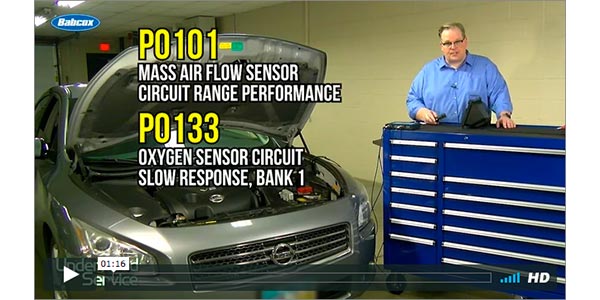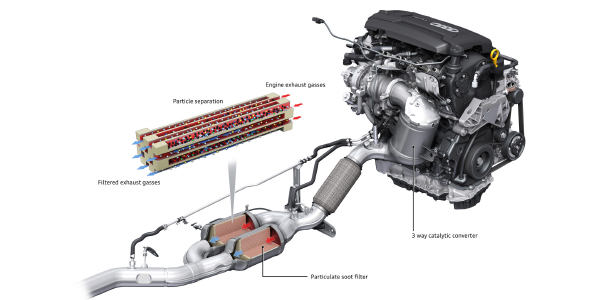Oxygen Sensor And Catalyst Efficiency
The catalyst efficiency monitor verifies that the catalytic converter is operating at a high enough efficiency rating to keep exhaust emissions within predetermined values. The PCM compares the signals from the upstream and downstream oxygen sensors to determine the state of the converter. These “tests” are called the readiness monitors.
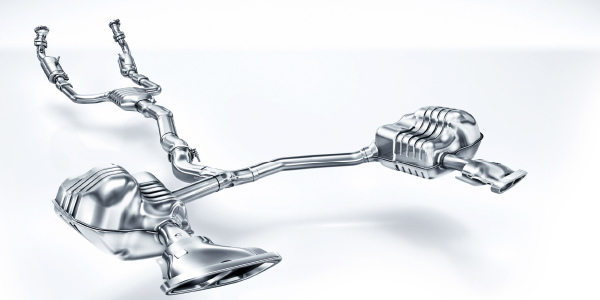
Catalytic Converter Replacement
If you are replacing a catalytic converter for a customer, it is not the same as replacing a muffler or pipe. Since the catalytic converter is an emissions device that is federally and locally mandated, documentation is just as key as proper installation.
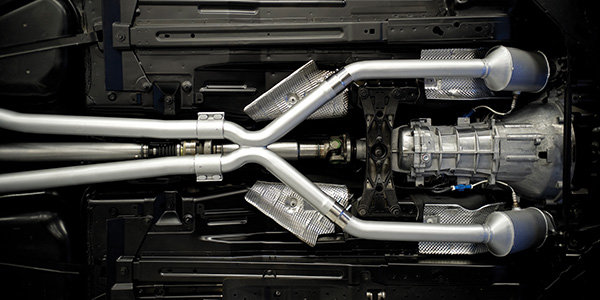
Dodge Tech Tip: Oxygen Sensor Codes
If the vehicle has any O2 sensor-related DTCs stored, pending or active, perform the repair procedure.

Scan Tool Freeze Frames: Using Generic Data To Make A Specific Diagnosis.
As part of OBDII, Mode$02 for the logging or freeze frame data was created. This diagnostic protocol saves data PIDs and information when a code is set. In 1995, freeze frame gave technicians a powerful diagnostic tool that was previously only available on expensive factory tools.

Mazda Tech Tip: Sulfur Or Rotten Egg Smell/Odor From The Exhaust
On some Mazda vehicles, a sulfur smell or rotten egg odor may be noticed coming from the exhaust system. The odor is usually noticed after a cold start, fast idle, extended periods of idling and full-throttle acceleration. The sulfur smell is not an indication of an engine concern and will not cause reduced driveability or durability of the engine or any of its emission components.
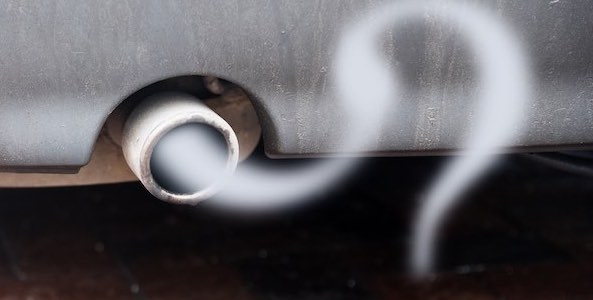
Poor Engine Performance Linked To Converter Failure
Today’s modern vehicles are equipped with a sophisticated emissions control device. These fail when the engine is not tuned up, as this leads to overworking the converter, overheating and possible clogging.
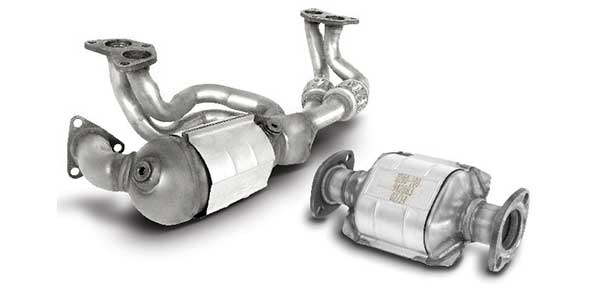
VIDEO: Detecting Leaks With A Scan Tool?
Andrew Markel explains how a scan tool can be used to detect a leak in the exhaust manifold. Sponsored by Auto Value and Bumper to Bumper.

Diesel Exhaust Particulate Filters: How Do They Work, What Do They Do?
The Diesel Particulate Filter (DPF) is a ceramic filter that has thousands of tiny channels or honeycomb-shaped openings that trap the soot onto the channel walls and prevent the particulate matter (down to 1 micron) from exiting out the tailpipe. The honeycombed inner structure is covered with a layer of a chemical catalyst that contains small amounts of precious metals, usually platinum or palladium.
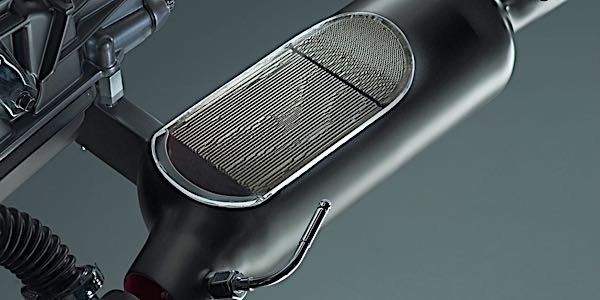
Oxygen Sensor And Catalyst Efficiency
The catalyst efficiency monitor verifies the catalytic converter is operating at a high enough efficiency rating to keep exhaust emissions within the predetermined values. The PCM compares the signals from the upstream and downstream oxygen sensors to determine the state of the converter. These “tests” are called the readiness monitors.
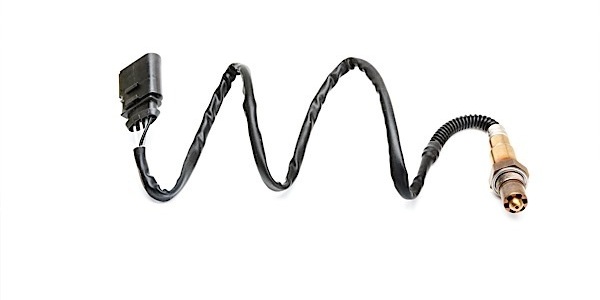
VIDEO: Oxygen Sensor Operation Modes
Andrew Markel explains the difference between closed and open loop operations, and which is more efficient. Sponsored by Bosch Automotive Service Solutions.
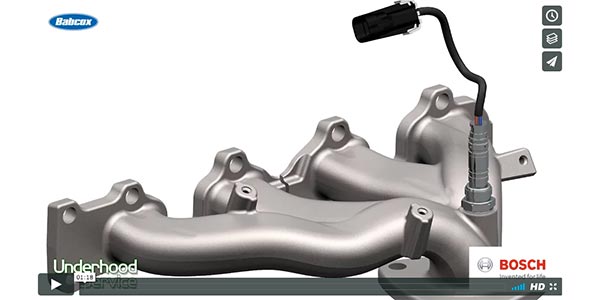
VIDEO: Thimbal And Planar Oxygen Sensors
Andrew Markel goes over the composition of two types of oxygen sensors with a brief history into each. Sponsored by Bosch Automotive Service Solutions.
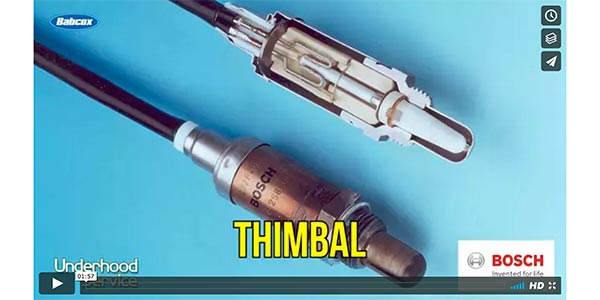
VIDEO: Nissan Maxima Mass Air Flow Sensor Codes
Andrew Markel explains how a mass air flow code and an oxygen sensor code on a Nissan Maxima can be solved with one simple check. Sponsored by Nissan.
